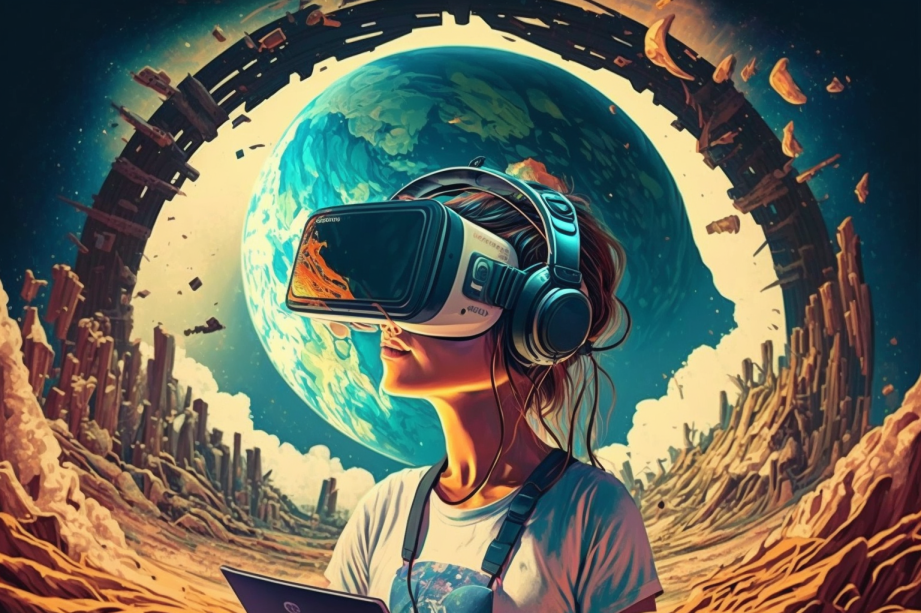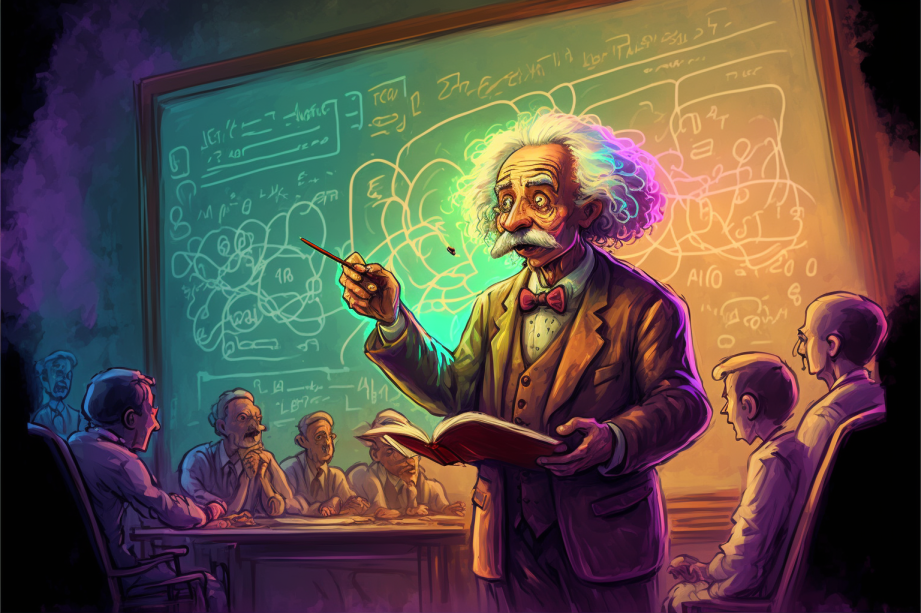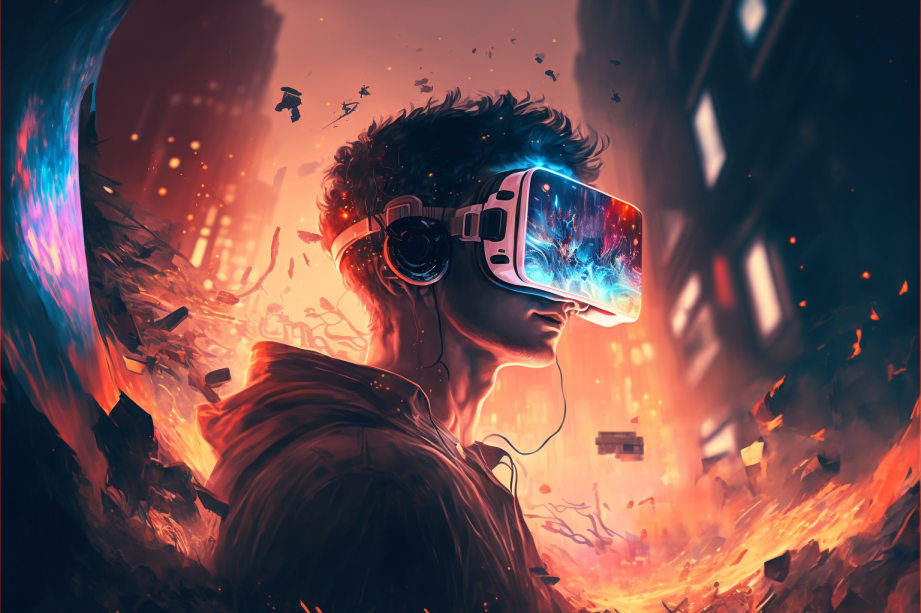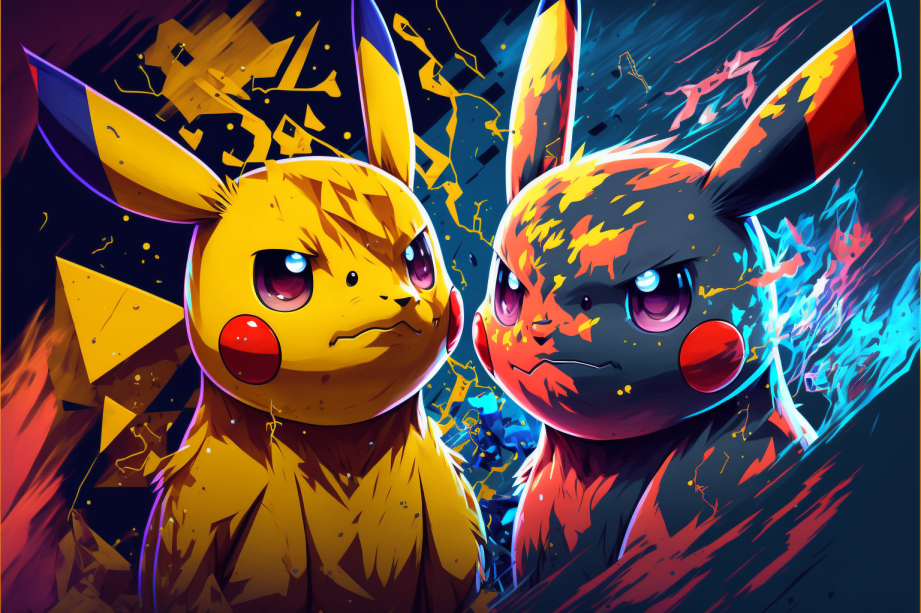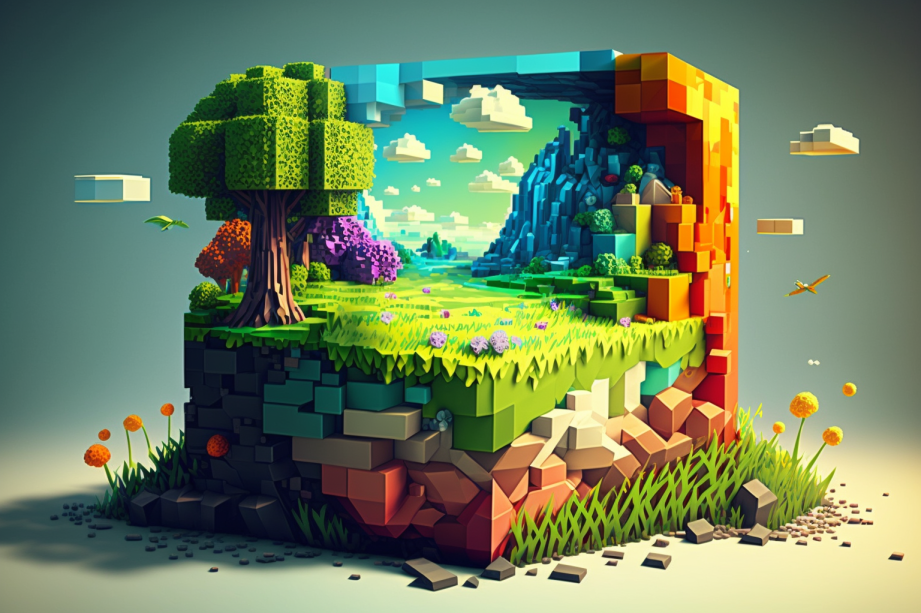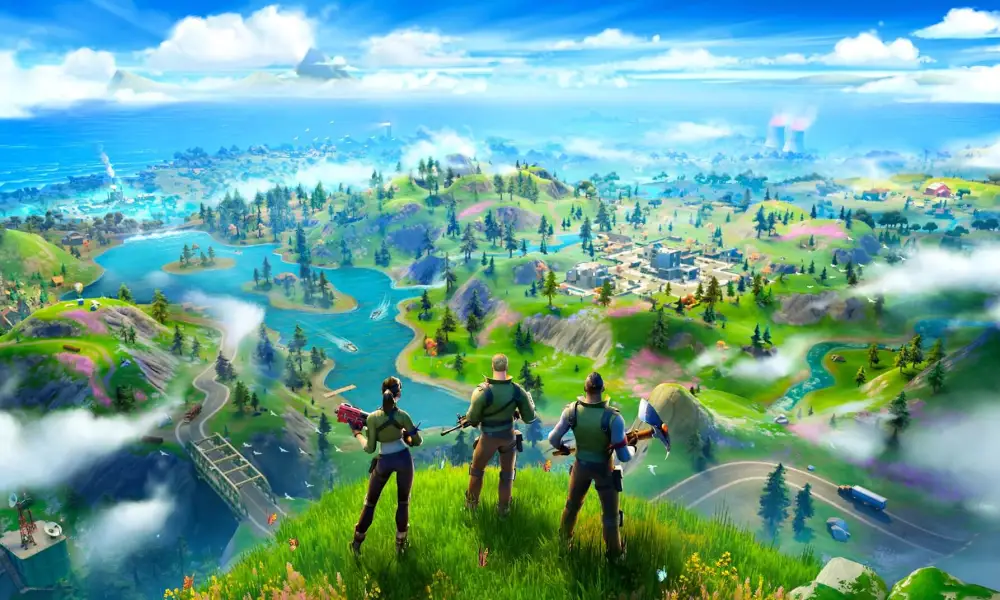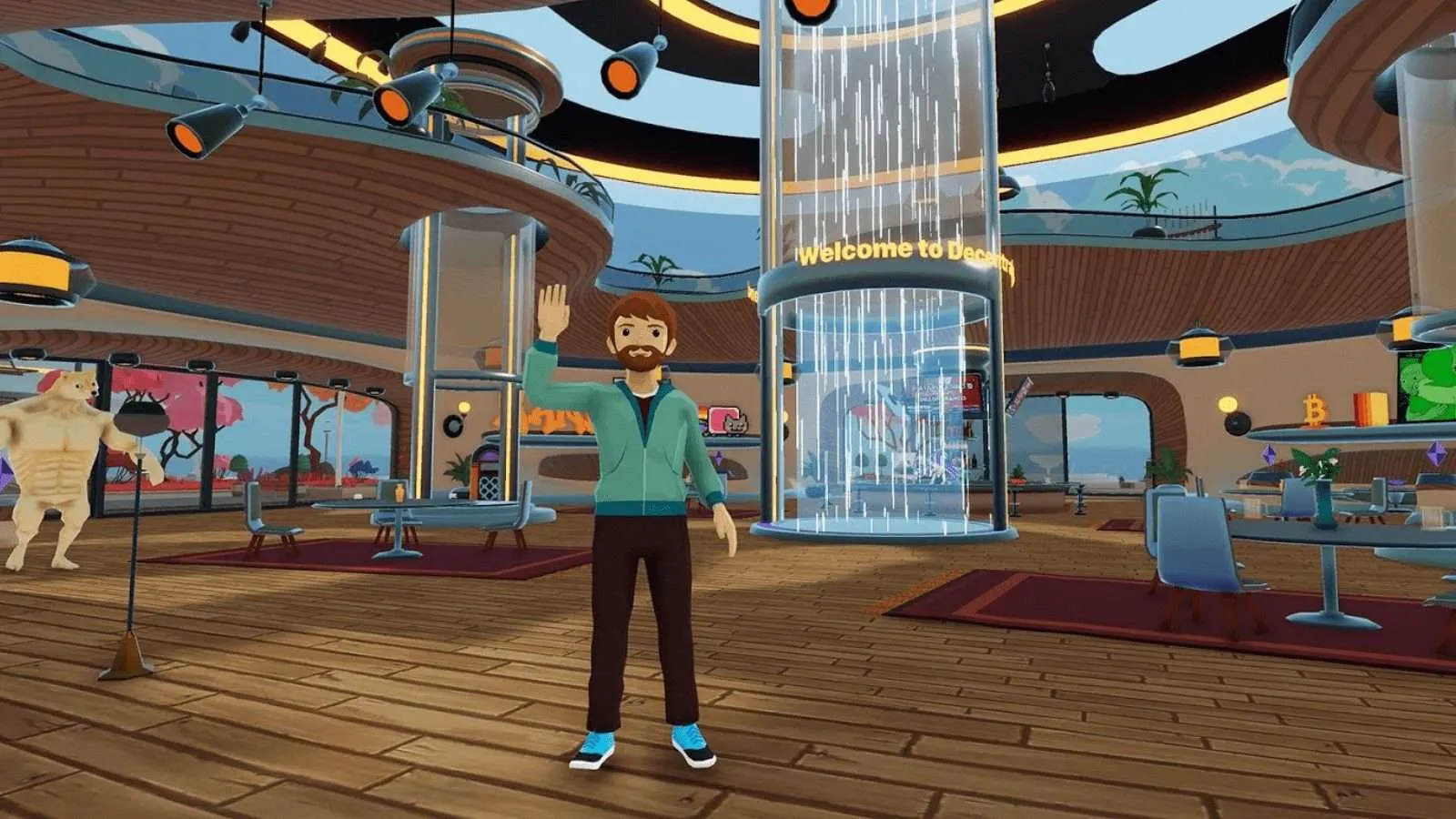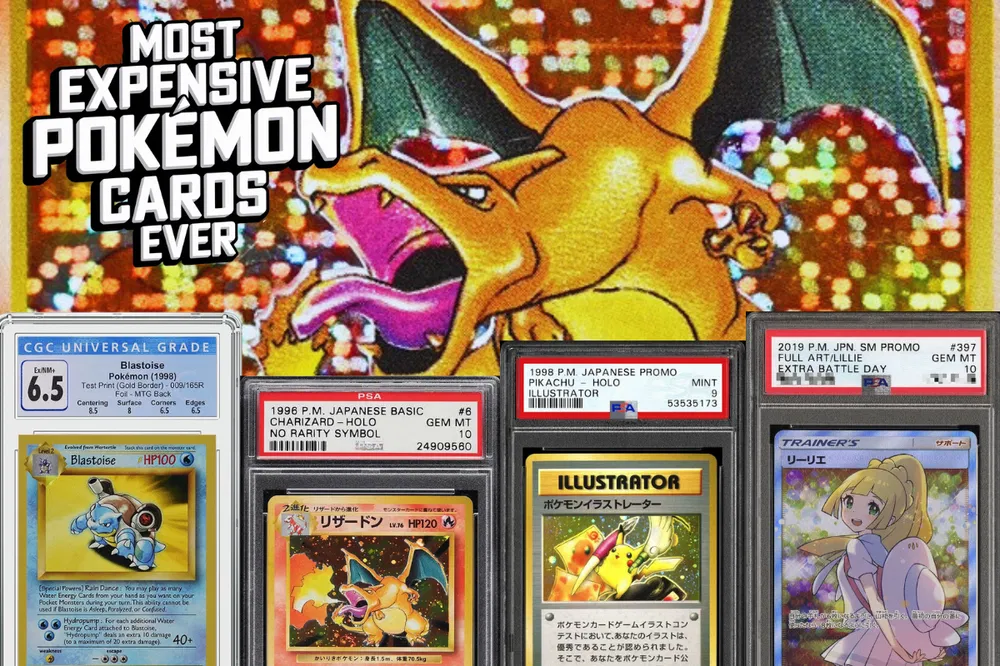The metaverse is a term that has been buzzing through tech circles for a while now. It’s a concept that encompasses a virtual universe where users can interact with each other and the environment. In the metaverse, users aren’t just spectators; they’re active participants, engaging in a wide range of activities, from iGaming and socializing to commerce and education. Today, we’ll delve into the fascinating world of metaverse games, where the future of gaming is being redefined, and explore the dynamics, technology, challenges, and potential this virtual realm holds.
The Metaverse Landscape
The metaverse isn’t a new idea; it’s been simmering for decades. Initially popularized in science fiction literature, it’s evolved into an exciting, fast-growing reality. But what is the metaverse? In its simplest form, it’s a shared, digital universe where people can interact in real-time. Imagine the internet as we know it, but instead of passive web pages and limited user interaction, it’s an expansive, immersive, and interconnected space where you create your digital self, navigate through a variety of environments, and engage with other users.
Currently, several platforms are on the forefront of building the metaverse. Tech giants like Facebook (now Meta), Epic Games, and smaller startups are investing heavily to make this vision a reality. Facebook’s rebranding to Meta is a clear indicator of the company’s commitment to the metaverse concept. With its VR headset, the Oculus, and a significant investment in augmented reality (AR), Facebook is taking a substantial leap into this new digital frontier.
Additionally, Epic Games, the creator of Fortnite, one of the most popular battle royale games in the world, has been working on Fortnite’s evolution into a metaverse. Fortnite is now more than just a game; it’s a social platform where players gather for events, concerts, and in-game experiences. In a similar vein, Roblox, a user-generated game platform, has been praised for its metaverse-like qualities. It enables players to create and share their games, making it a hub for user-generated content and interaction.
The Evolution of Metaverse Gaming
This new wave of metaverse games represents a shift in how we experience gaming. Traditionally, video games are self-contained experiences with clear boundaries and objectives. However, metaverse games transcend these constraints. They provide a dynamic and persistent world where the line between the game and reality blurs. In the metaverse, you don’t merely play a character; you become that character, interacting with other players in a richly immersive digital environment.
So, what makes metaverse gaming so appealing? It’s the promise of a genuinely immersive experience. In metaverse games, you can escape into virtual realms and explore hidden objects, create, and socialize, sometimes indistinguishable from the real world. The feeling of being part of a vast, interconnected digital universe is captivating, and this experience is what drives the growing interest in metaverse games.
Metaverse Game Genres
Metaverse games cover a wide array of genres. Here are some of the most prominent ones:
Role-Playing Games (RPGs): In the metaverse, RPGs are taken to the next level. Instead of navigating a static, predetermined storyline, players can shape their own adventures in a dynamic, evolving world. Interaction with other players, whether cooperative or competitive, adds depth to the role-playing experience.
Virtual Reality Sports: Virtual sports in the metaverse break the boundaries of the physical world. Whether it’s soccer, basketball, or extreme sports, you can participate from the comfort of your living room. The sense of presence in these virtual environments is astonishing.
Social Simulation Games: These games replicate real-life social interactions, allowing users to form connections, build communities, and even engage in activities like dating. They are environments for fostering real social bonds, rather than just gaming experiences.
Gamified Education and Training: Metaverse games are not only about leisure; they’re also emerging as powerful tools for education and training. Immersive simulations can offer practical training in fields such as medicine, aviation, and even architecture.
These genres represent just the tip of the metaverse gaming iceberg. The potential for creativity and innovation is vast, and as technology continues to advance, we can expect to see more genres emerging within this dynamic space.
Technology Behind the Metaverse Games
Metaverse games rely on cutting-edge technology to provide seamless, immersive experiences. Some key technologies driving this revolution include:
Blockchain and NFT Integration
One of the most significant technological innovations shaping the metaverse gaming experience is the integration of blockchain and Non-Fungible Tokens (NFTs). These technologies are revolutionizing the way we think about ownership in virtual spaces.
Blockchain, the decentralized ledger technology originally designed to underpin cryptocurrencies like Bitcoin, has found a new home in the metaverse. It offers several advantages, the most prominent being transparency and security. Each transaction in a blockchain is recorded in a tamper-proof manner, making it possible for players to track the ownership history of virtual items, ensuring that they’re getting what they paid for.
NFTs, on the other hand, have gained widespread attention for their role in enabling true ownership of in-game assets. Unlike traditional in-game items, NFTs are unique and can be bought, sold, and traded like physical assets. These digital collectibles have gained popularity not just among gamers but also art collectors and investors. NFTs empower players to have tangible ownership of their in-game assets, which is a significant departure from the typical “rental” model in traditional games.
This integration of blockchain and NFTs is a game-changer for the metaverse. It transforms virtual items into digital assets with real-world value. Players can invest in rare in-game items, trade them in a marketplace, and potentially make a profit. Additionally, NFTs open up the concept of “cross-platform” ownership, allowing items to be used in multiple games or environments. This breaks down the walled gardens that have traditionally separated gaming ecosystems.
In summary, blockchain and NFT integration in the metaverse not only enhances ownership but also introduces a new dimension of value, investment, and interoperability that was previously unimaginable.
VR/AR Technologies
Virtual Reality (VR) and Augmented Reality (AR) technologies are the lifeblood of the metaverse. They provide the immersive experiences that make the metaverse a truly transformative space.
VR technology has made remarkable strides in recent years, and it’s at the forefront of providing immersive experiences in metaverse games. VR headsets, such as the Oculus Rift and HTC Vive, transport players into fully realized 3D worlds. These headsets offer a 360-degree field of view, and they’re equipped with sensors that track the user’s head and hand movements. The result is an experience that makes you feel like you’re physically present in the virtual world.
The sense of presence in the metaverse is astonishing. In VR game development, you can explore detailed landscapes, engage in activities, and interact with other players as if they were in the same room. Whether it’s navigating through fantastical realms, piloting a spaceship, or attending a virtual concert, VR technology is a game-changer for creating unforgettable experiences in the metaverse.
Augmented Reality (AR) takes a slightly different approach by overlaying digital elements onto the real world. This technology bridges the gap between the virtual and physical, enhancing the real world with digital information. The most famous example of AR is Pokémon GO, a game that allows players to hunt for virtual creatures in their real-world surroundings.
In the metaverse, AR can be used to enhance social interactions, business meetings, or even tourism. For example, you could have a virtual tour guide leading you through a famous historical site while adding digital elements to enrich your understanding of the location. AR also has potential applications in education, providing a more engaging and interactive way to learn.
VR and AR technologies are set to continue evolving, becoming more accessible and sophisticated as they become integral to the metaverse gaming experience. The possibilities they offer are only limited by the creativity of developers.
AI and Procedural Generation
The metaverse is a dynamic, ever-evolving digital realm, and this dynamism is powered by artificial intelligence (AI) and procedural generation. AI algorithms create responsive, adaptable environments that mimic the real world in the metaverse, while procedural generation empowers developers to efficiently craft vast, diverse digital landscapes.
AI algorithms are a crucial element in the metaverse, ensuring that the virtual environment feels alive and responsive to player actions. These algorithms enable non-player characters (NPCs) to adapt to the players’ behavior, creating the illusion of interacting with intelligent entities. Whether it’s AI-controlled opponents in a game or AI-driven NPCs in a role-playing environment, AI enhances the metaverse experience by making it more realistic and immersive.
Furthermore, procedural generation is an innovative approach that helps developers create expansive and diverse virtual worlds. Instead of manually designing every aspect of the metaverse, procedural generation relies on algorithms to create content dynamically. This content can include terrain, buildings, flora, fauna, and even entire galaxies. This approach allows for seemingly endless variation in the metaverse, making it more engaging and ensuring that players always have new experiences to explore
One of the most famous examples of procedural generation in gaming is Minecraft, a game known for its vast, blocky, and procedurally generated worlds. Every new game in Minecraft results in a unique world, making it a prime example of the metaverse’s adaptability and variety.
The Intersection of Technologies in the Metaverse Games
What makes the metaverse truly exciting is how these technologies intersect and synergize. For example, imagine a scenario where AI-controlled NPCs in a virtual city use blockchain technology to buy and sell digital goods as NFTs. VR headsets provide users with an immersive experience as they explore the city, while AR elements overlay real-world landmarks on the virtual landscape. Procedural generation ensures that every time you enter the city, it’s different, with new challenges, quests, and mysteries to uncover.
This convergence of technologies creates a holistic and deeply immersive metaverse experience. It’s a rich, interconnected digital universe that blurs the lines between the real and the virtual. This integration enables developers to craft experiences that are both familiar and extraordinary, bridging the gap between the known and the unknown.
| Category | Game Title | Description | Game Developer | Year of Release |
| NFT & Blockchain | CryptoKitties | Collectible, breedable virtual cats on the blockchain | Axiom Zen | 2017 |
| NFT & Blockchain | Axie Infinity | Play-to-earn game where players raise creatures for rewards | Sky Mavis | 2018 (Alpha), 2020 (Mainnet) |
| NFT & Blockchain | Decentraland | Virtual world where players buy, sell, and build on land as NFTs | Decentraland Project Team | 2015 (Concept), 2020 (Public Launch) |
| VR | VRChat | Social platform where users create avatars and interact in VR | VRChat Inc. | 2017 (Early Access) |
| VR | Beat Saber | Rhythm-based VR game where players slice through blocks to music | Beat Games | 2018 (Early Access) |
| VR | Half-Life: Alyx | Immersive first-person shooter in VR set in the Half-Life universe | Valve | 2020 |
| AR | Pokémon GO | Augmented reality mobile game where players hunt for Pokémon | Niantic | 2016 |
| AR | Ingress Prime | AR-based game involving global faction warfare and exploration | Niantic | 2018 |
| AR | Minecraft Earth | Mobile AR game that brings the Minecraft world into the real world | Mojang Studios | 2019 (Early Access) |
| AI | No Man’s Sky | Procedurally generated universe with AI-driven ecosystems | Hello Games | 2016 (Initial Release), Ongoing Updates |
| AI | Left 4 Dead 2 | AI Director dynamically adjusts gameplay based on player performance | Valve | 2009 |
| AI | The Elder Scrolls V: Skyrim | NPCs with AI-driven routines and behavior in a vast open world | Bethesda Game Studios | 2011 |
Challenges and Concerns of Metaverse Games
Whil e the metaverse offers exciting opportunities, it’s not without its challenges and concerns:
- Privacy and Security: The metaverse’s interconnected nature raises privacy and security concerns. With so much personal and financial data in play, safeguarding users’ privacy and assets is paramount.
- Digital Ownership and Economies: NFTs have opened up new possibilities for asset ownership in the metaverse, but this also brings challenges, such as asset theft, fraud, and complex legal questions regarding virtual property rights.
- Social and Ethical Implications: In the metaverse, you have not just avatars but real people behind those avatars. Ensuring respectful and ethical interactions within this digital realm is a challenge. It’s essential to address issues like harassment, hate speech, and cyberbullying.
The industry must work diligently to overcome these challenges and create a safe, enjoyable environment for users. These issues shouldn’t deter progress but should be considered vital elements to address in the development of the metaverse.
Success Stories of the Best Metaverse Games
Several metaverse games have already captured the imagination of millions and demonstrated the incredible potential of this emerging medium:
Fortnite Metaverse
Fortnite is a standout example of how a game can transcend its initial genre to become a full-fledged metaverse. Originally known for its battle royale mode, Fortnite has expanded into a dynamic, multifaceted virtual world. The game’s transition into a metaverse has been nothing short of remarkable. Players gather in Fortnite’s expansive virtual world not just to compete but also to participate in a wide range of immersive events.
One of the most celebrated aspects of Fortnite’s metaverse is its concert series. Renowned artists like Travis Scott, Marshmello, and Ariana Grande have held virtual concerts within the game, attracting millions of attendees. These events blur the lines between gaming and entertainment, providing an unforgettable experience that bridges the gap between the real and virtual worlds. Players aren’t just spectators; they’re active participants, dancing and interacting with the virtual environment and other players.
Additionally, Fortnite hosts movie screenings and unique in-game events. The game’s ability to seamlessly blend different forms of entertainment within its virtual world has made it a prime example of how the metaverse can offer diverse and engaging experiences beyond traditional gaming. Players flock to Fortnite not just to compete but to be part of a vibrant, evolving digital universe.
Roblox Metaverse
Roblox is a metaverse game that stands as a testament to the power of user-generated content. It’s not just a game but a versatile platform where players can create, share, and play games that are developed by the community. Roblox embodies the metaverse’s spirit by offering a space for creativity, social interaction, and collaboration.
In Roblox, millions of developers have built their own games, experiences, and virtual worlds. The platform provides an array of tools and assets, allowing creators to bring their visions to life. From role-playing adventures to obstacle courses, virtual hangouts, and even educational simulations, Roblox hosts a wide range of user-generated content. This diverse catalog ensures there’s something for everyone within the metaverse.
What makes Roblox unique is its strong emphasis on social interaction. Players can gather in virtual spaces, explore creations, and collaborate with friends in this shared digital universe. The sense of community and the opportunity for user-driven innovation have made Roblox a prime example of how the metaverse empowers users to be more than just consumers; they’re creators shaping the digital landscape.
Decentraland Metaverse
Decentraland is a groundbreaking blockchain-based virtual world that exemplifies the potential of NFTs and blockchain technology in the metaverse. In Decentraland, users can buy, sell, and build on parcels of digital land that are represented as non-fungible tokens (NFTs). This unique approach transforms virtual land into a form of digital property ownership.
The NFT-based land ownership model empowers users to have true digital ownership of their virtual real estate. Landowners can create, customize, and monetize their plots, giving rise to a thriving virtual economy. Users can collaborate, trade land parcels, and develop their own virtual experiences within this decentralized metaverse.
Decentraland’s vision is rooted in a decentralized ethos, ensuring that users have control and ownership over their in-game assets. This blockchain-based metaverse is a living demonstration of how NFTs and blockchain technology can be leveraged to create an ecosystem where digital ownership is meaningful and transparent.
These metaverse success stories showcase the diverse possibilities within the emerging metaverse landscape, from immersive virtual concerts in Fortnite to the user-driven creativity of Roblox and the groundbreaking potential of NFTs in Decentraland. The metaverse continues to evolve and expand, offering new and innovative experiences that redefine how we engage with digital worlds.
These success stories are just the beginning. The metaverse’s growth potential is immense, with plenty of room for new, groundbreaking experiences that push the boundaries of what’s possible in the virtual realm.
The Future of Metaverse Games
The future of metaverse games is promising and full of potential. As technology continues to advance and users become more accustomed to immersive digital experiences, we can expect to see several trends and developments in the metaverse gaming industry:
Growth and Expansion Predictions: The metaverse is still in its infancy. As more players, developers, and investors get involved, we can anticipate exponential growth. New platforms and experiences will emerge, fostering a vibrant, competitive market.
Industry Trends and Innovations: With the metaverse at the intersection of gaming, technology, and virtual reality, we can expect to see innovative new trends emerge, such as haptic feedback technology, metaverse mobile games, advanced AI-driven worlds, and more ambitious use of NFTs and blockchain.
Integration with Real-World Activities: The metaverse won’t exist in isolation. It’s likely to become deeply integrated with our daily lives. We can imagine everything from virtual business meetings to educational conferences and virtual tourism experiences taking place in the metaverse.
The future of metaverse games is one of boundless possibilities. It will be shaped by the creativity and innovation of developers, the enthusiasm of users, and the evolution of technology.
In Summary
The metaverse games revolution is here, and it’s here to stay. As we journey into this digital realm, the lines between the real and the virtual blur, offering a myriad of experiences we’ve only dreamed of until now. It’s an exciting time, but also one that demands responsibility. The challenges of privacy, security, and ethical considerations are vital aspects that must be addressed.
For gamers, developers, and investors, the metaverse represents a unique opportunity to shape the future of entertainment and interaction. As the metaverse continues to evolve and expand, it’s a journey that promises to be full of surprises and innovation. With pioneers like eJaw game development company at the helm, we can rest assured that this journey will be guided by creativity, vision, and a commitment to pushing the boundaries of what’s possible in the metaverse.


